
April Gardening Tips:
How to Start a New Garden in the Spring
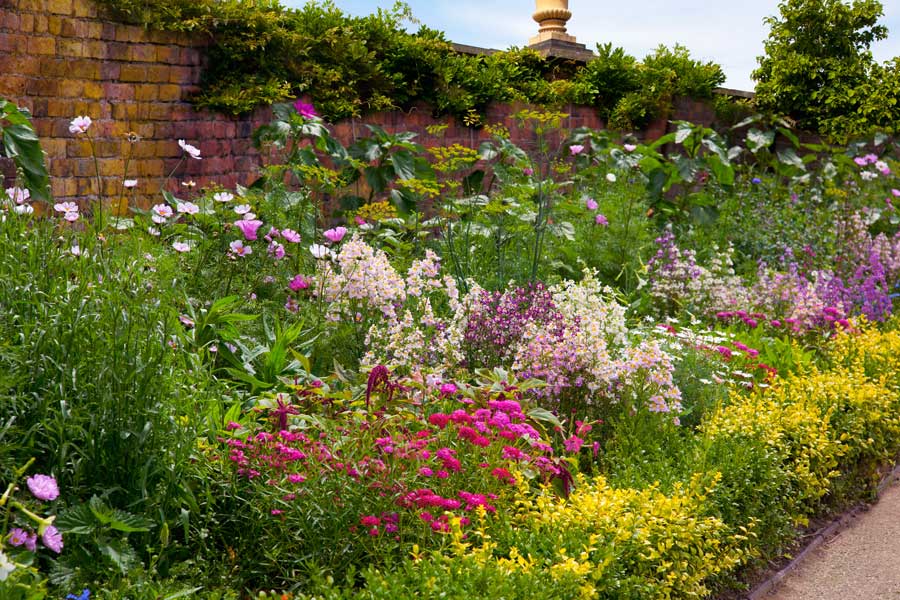
Start Small:
Do you have visions of drifts of color, wildflower prairies or bushels of tomatoes, but get your feet wet first. For flower gardens, choose a site close to the door or with a good view from a favorite window. Place your garden where you'll see and enjoy it often. This will also motivate you to garden more.

The side lawn shown here is small, but the homeowners still found an attractive, sunny spot to add some color and curb appeal. No matter how busy they are, they can enjoy their garden every time they pull into their driveway or look out their window.
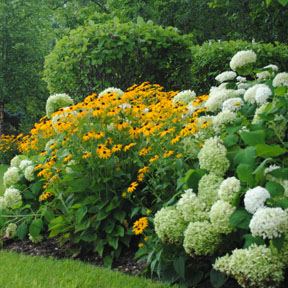
Evaluate and Choose a Site:
If you have your heart set on growing a specific plant, check to see what growing conditions it requires. Vegetables will need at least 6 hours of sun exposure a day. Same goes for most flowering plants however, there are still many to choose from for a partially shaded site. Want to start a garden where there is mostly shade? Your choices are going to be more limited, but not prohibitive.
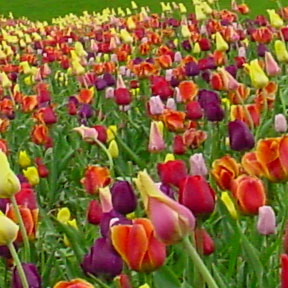
Also, take into consideration when the sun hits your site. Afternoon sun will be hotter and more drying than the morning sun. Many plants turn their faces toward the sun, so if your view of the garden is from a west window, your flowers may face away from you in the afternoon.
Evaluate other elements of exposure such as high, drying winds or heavy foot traffic.
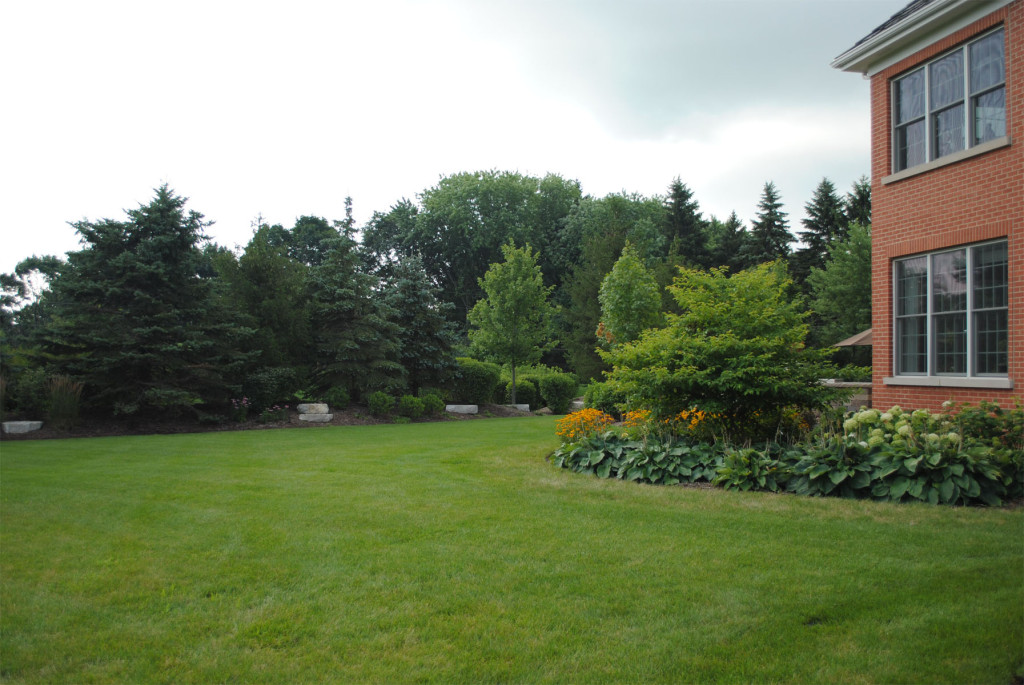
When you know where you'd like to try your first garden, use a hose or extension cord to try laying it out on the ground.

How's the Soil?
Once you know where you want to plant, it's time to check the soil. Soil testing is the least glamorous part of gardening, but the most important. At the very least check your soil's pH. This will tell you how acid or alkaline your soil is. Plants cannot take up nutrients unless the soil's pH is within an acceptable range. Most plants like a somewhat neutral pH, 6.2 - 6.8, but some are more particular.

Check Soil:
Check the texture of your soil or even the nutrients and minerals in it. A check can be done at your local Cooperative Extension office and some nurseries. Soil texture refers to whether it is sandy, heavy clay, rocky or the ideal, a sandy loam. Whatever the texture, it can be improved with the addition of organic matter such as compost.
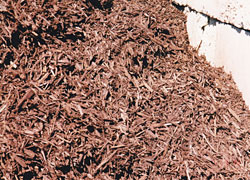
Prepare the Bed:
This is no one's favorite garden chore, but there's no way around it. Your chosen site will probably have grass on it or at least weeds. These must be cleared somehow before you can plant anything. Tilling without removing the grass or weeds is best done in the fall so that the grass will have a chance to begin decomposing during the winter. Even so, you will probably see new grass and weeds emerging in the spring. It's better to either remove the existing vegetation completely or to smother it.
A sharp flat-edged spade can be used to slice out the sod. If you have poor soil and need to amend it with organic matter or other nutrients, removing the sod may be your best bet, so that you are able to till in the amendments.

Removing sod can be heavy work and you wind up losing good topsoil along with the sod, if your soil is in relatively good shape, it is possible to leave the grass in place and build on top of it. Place a thick layer (8-10 sheets) of newspaper over the garden bed and wet it thoroughly. Then cover the newspaper with 4-6 inches of good soil. The newspaper will eventually decompose and the turf and weeds will be smothered. There may be some defiant weeds that poke through, but not so many you can hand weed them.
Starting with good soil means you won't have to add a lot of artificial fertilizer to your garden. You've fed the soil with amendments, the soil will feed your plants.
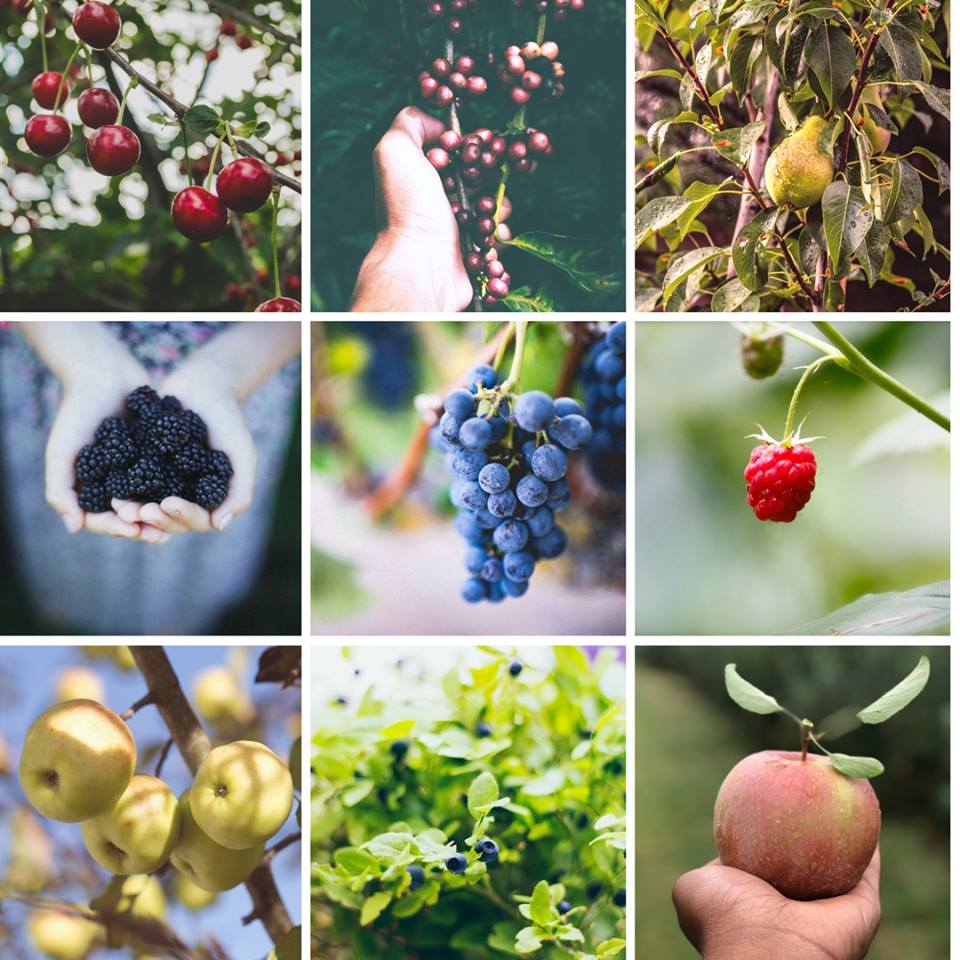
Choosing What You'd Like to Grow:
This is harder than you might think. Because you are starting small, you have to limit yourself to a handful of plants. Start with what you like to eat and what you can't find fresh locally. Corn takes a lot of space and remains in the garden a long time before it's ready to be eaten. There might be corn farms nearby, use your small garden for vegetables that give a longer harvest, like tomatoes, lettuce, and beans.
Create a garden mood board:
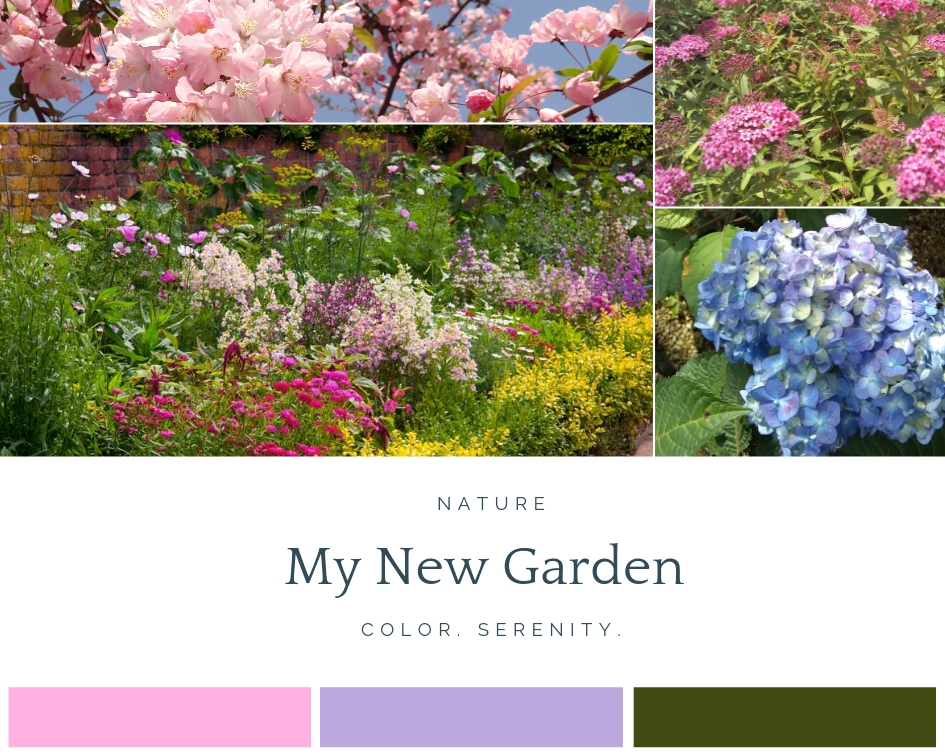
Flower gardens can be even harder. Start with what colors you like. Rather than basing your dream on a photograph from a magazine, take a look at what your neighbors are growing successfully. They may even be able to give you a division or two. Create a garden mood board like the one above.
Take a walk around a couple of garden centers and read the plant labels. Then play with combining the plants that strike your eye until you find a combination of 3-5 plants that pleases you. Make sure all the plants have the same growing requirements (Sun, water, pH...) and that none of them are going to require more care than you can give them.
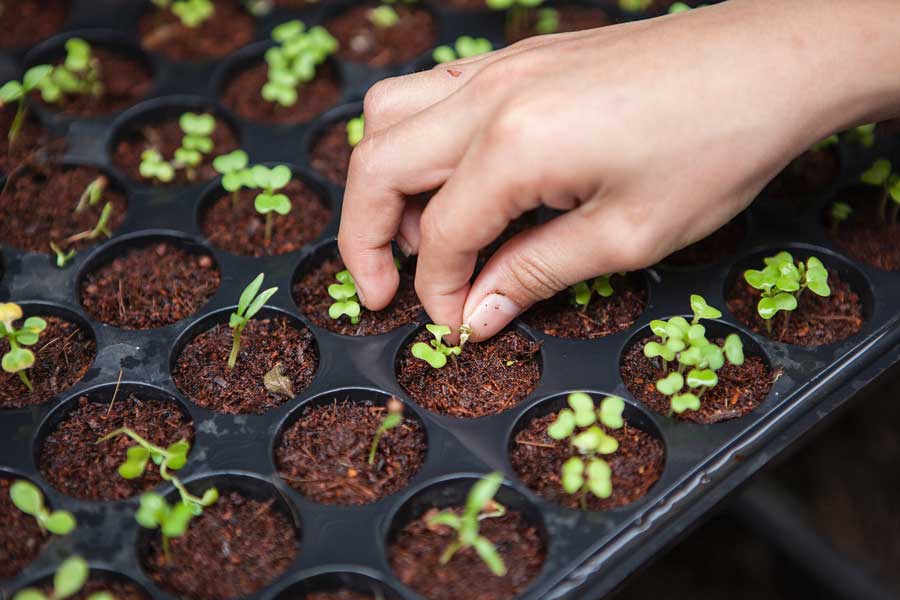
Keep the variety of plants limited. It makes a better composition to have more plants of fewer varieties than to have one of this and one of that.
Planting:
Sometimes you have to plant when you have the time, even if that's high noon on a Saturday. But the ideal time to plant is on a still, overcast day. The point is, stress your new plants as little as possible.
* Water the plants in their pots the day before you intend to plant.
* Don't remove all the plants from their pots and leave them sitting in the sun for the roots to dry out.
* Are the roots are densely packed or growing in a circle? Tease them apart, so they will stretch out and grow into the surrounding soil.
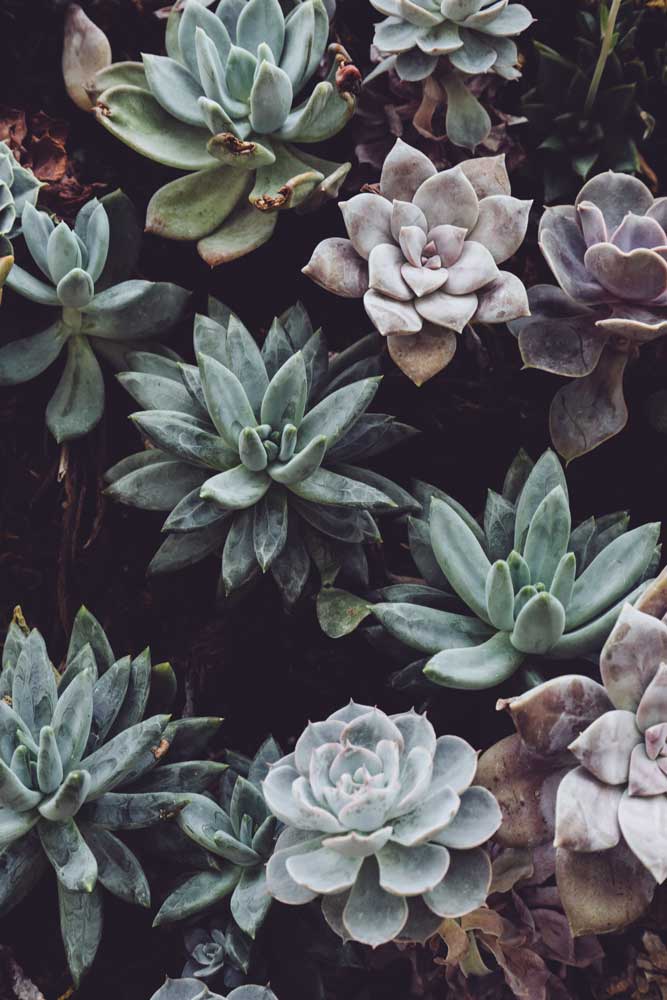
* Bury the plant to the depth it was in the pot. Too deep and the stem will rot. Too high and the roots will dry out.
* Don't press down hard on the plants as you cover them. Watering will settle them into the ground.
* Water your newly planted garden as soon as it is planted and make sure it gets at least one inch of water per week. Hot dry summers you may have to water more. Let your plants tell you how much water they need. Some wilting in noonday sun is normal. Wilting in the evening is stress.
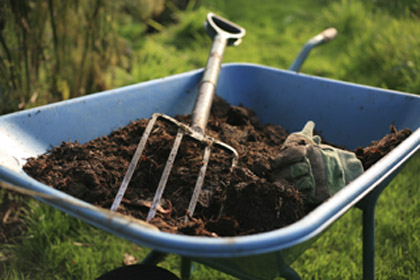
Mulch:
Mulching is a big deal lately, but it really does make a major difference in a garden. Mulch conserves water, blocks weeds and cools the soil. Organic mulches like shredded or chipped bark, compost, straw, and shredded leaves, will also improve the soil quality.
Plastic mulches are nice in a vegetable garden to heat the soil around warm season crops like tomatoes, peppers, melons, and squash.
Whatever mulch you choose, apply it soon after planting, before new weeds sprout. Apply a 2-4 inch thick layer of mulch, avoiding direct contact with the plant stems. Piling mulch around the stem can lead to rotting and can provide cover for munching mice and voles.
Label Your Plants and Keep Garden Records:
Keep a record of what you have planted or better yet, keep the labels that came with your plants. This will help answer any questions about what the plant may need if it starts looking poorly and will remind you next year of what you liked and what didn't work. It also helps to take pictures and label them. Remember your favorite color combinations and favorite plants.
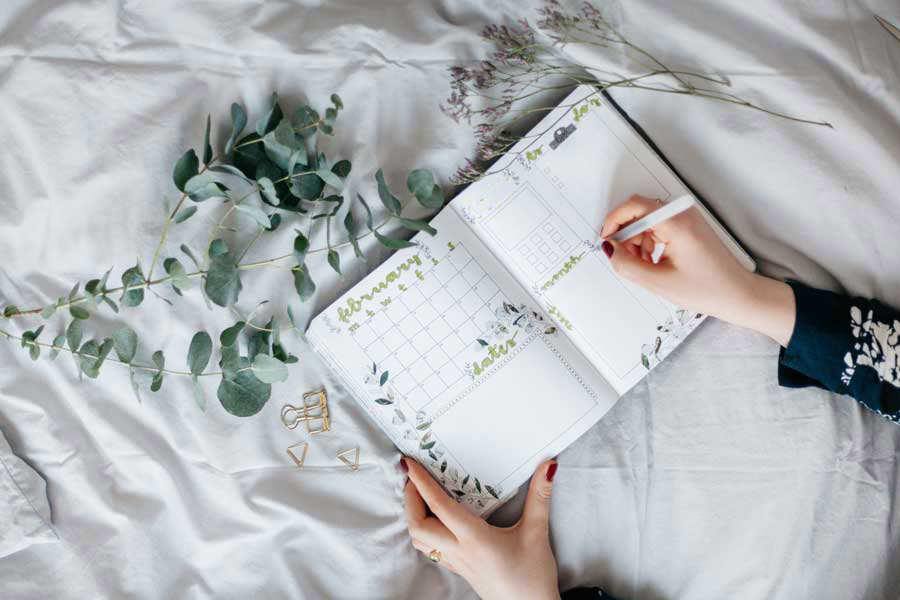
Garden Journal:
If you start a garden journal, you can also record how plants perform, when flowers are in bloom, how large the harvest was and all kinds of information that will help you make a better garden next year.
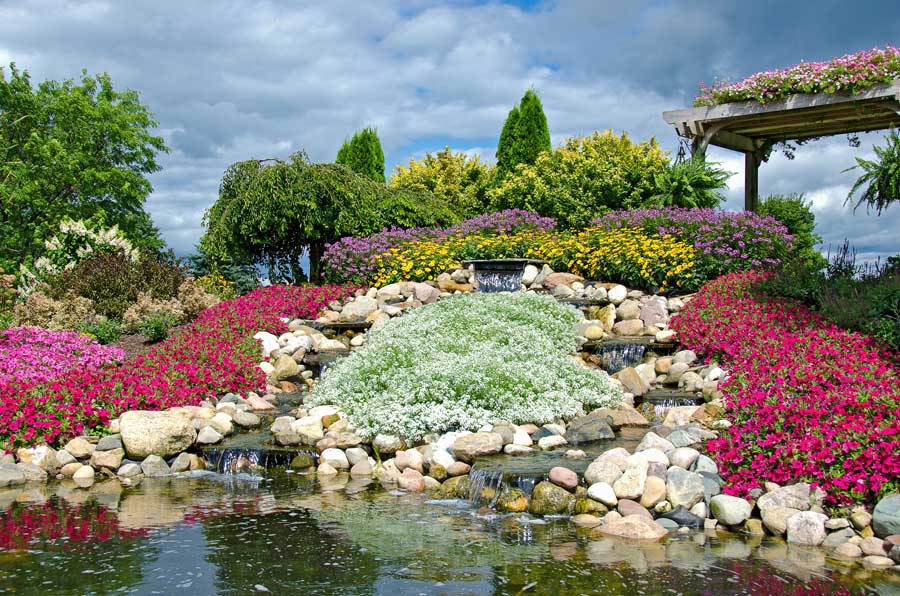
Garden Maintenance - What to Expect:
Hopefully, when you were selecting plants you did some background checking and didn't select too many prima donnas. All plants are going to require some maintenance. The idea that perennial plants require less maintenance than annuals is wrong.
* At the very least, your plants will require 1 inch of water a week. If it rains regularly, good for you. If not, don't let your plants get drought stressed. Once a plant is stressed it will never recover fully that growing season.
* There will also be weeding to do. Weed seeds come from all kinds of sources: wind, birds, soil on shoes...
* Deadheading or removing the spent blossoms from your flowers will keep them blooming longer and looking fresher. Vegetables will produce more if you keep harvesting while young.

* Some taller plants may need to be staked, to keep from flopping.
It may happen that one of your choices isn't happy and dies. Move on and replace it with something else.
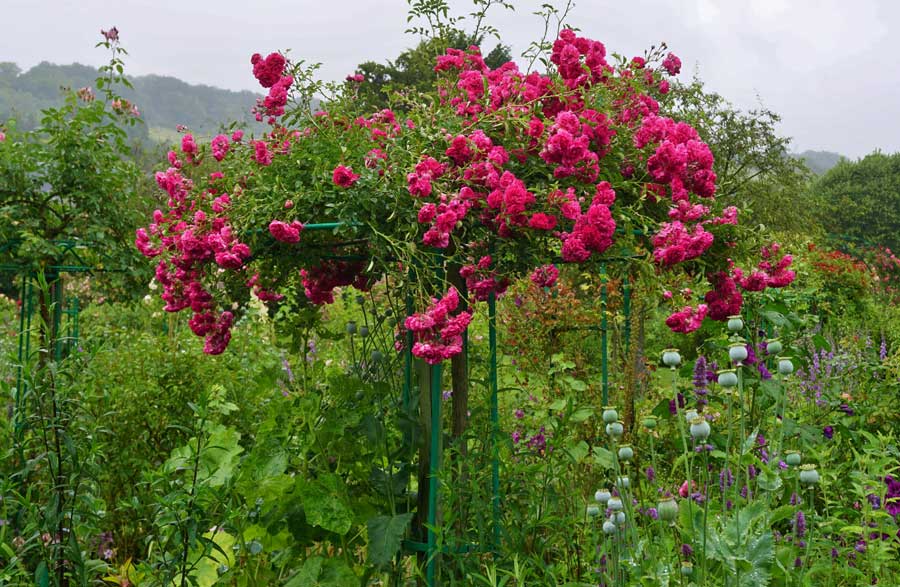
Enjoy! You've Created Your First Garden
Have you heard the saying "Stop and smell the roses"? Gardeners can be the worst at taking that advice. We're so busy with our heads down at soil level, pinching, pruning and pulling every weed, that we often don't appreciate what we've created until someone else tells us.
Step back and enjoy what you've accomplished. Then start making plans to expand next year.
- Want to learn more about landscape design & installation faq? Let our experienced team assist you with your holiday decorating and create a custom look for your home and landscape.
Call Breezy Hill Nursery at 262-537-2111.
NOTE: Any of our sales associates here at Breezy Hill Nursery would be happy to answer your questions about planting and caring for your tree. Call us at (262) 537-2111.
Do you have Gardening questions? Please call or stop by our garden center.
You might also enjoy this post about common landscaping questions.
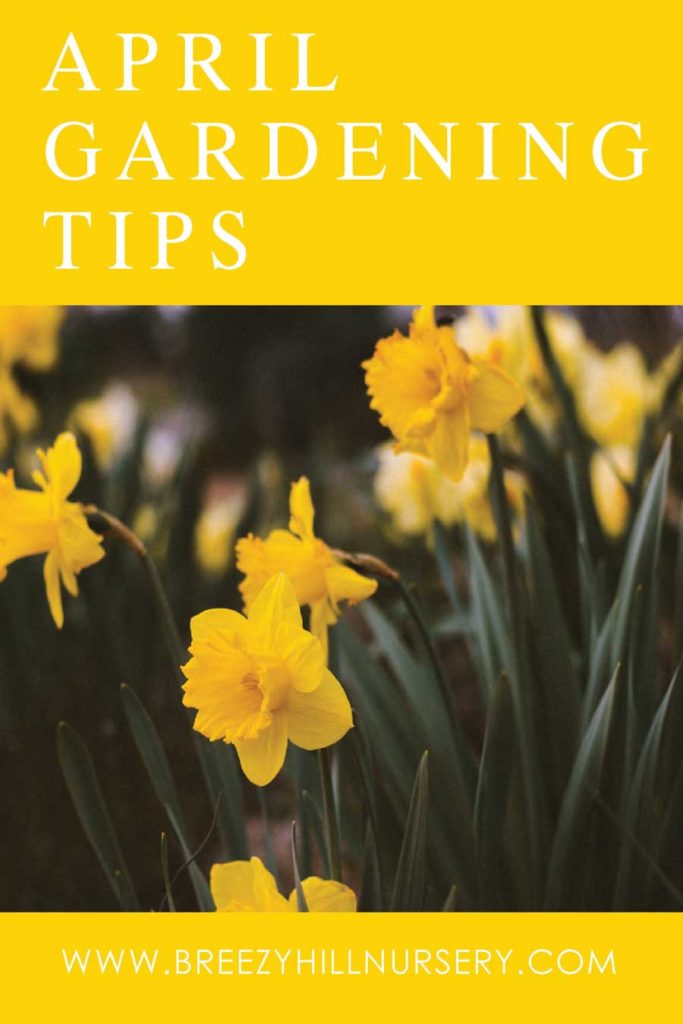

Comments are closed.